The National Historic Preservation Act
Section 106 of the National Historic Preservation Act requires federal agencies to review the effect that federally funded or federally permitted projects have on non-renewable cultural resources in the United States. This law was originally enacted in 1966 and has been updated over the years to protect our nation's archaeological and historic sites from destruction.
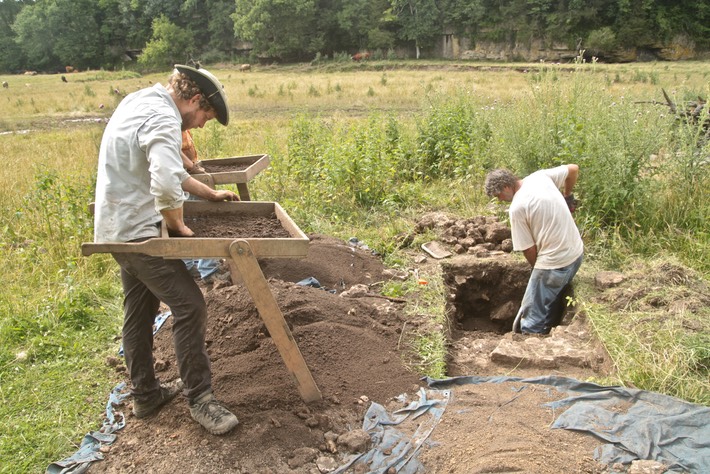
While the National Historic Preservation Act sometimes places a burden on organizations due to time and funding requirements, the intent of the law is to help preserve our national heritage. The vast majority of archaeological research in the United States today is in fact Section 106–related, and the law has led to the growth of a relatively new industry known to professionals as Cultural Resources Management (often referred to as CRM). Much important and innovative research has been completed in recent years due to the compliance requirements of the law. Innumerable significant archaeological and historic sites have been saved or investigated because of this legislation.
How the Process Works
The Section 106 compliance process proceeds as follows: After an organization applies for a federal permit or enters a contract with a federal agency, the agency contacts the State Historic Preservation Office (SHPO) to determine if the project requires a cultural resources investigation. Usually, if federal funding or a federal permit is issued for the project, then some level of investigation will be necessary. This requirement is waived only if the organization is able to demonstrate and document to the federal agency and the SHPO that the area has been extensively disturbed to the degree that all archaeological resources would have been destroyed and that there are no historic structures or features that will be harmed within or adjacent to the project area.

If compliance action is required, the federal agency must define the Area of Potential Effects (APE) for the project, which includes all directly and indirectly affected locations. Defining the Area of Potential Effects prior to investigations is an important first step. The Area of Potential Effects is considered to be the total project area, including not only the construction location but also any staging locations, borrow areas, wetland mitigation areas, routes for construction access, potential vibration zones, and all portions that may be graded, filled, or otherwise altered during the construction process. The project boundaries should be finalized prior to the compliance work; if plans change, then additional cultural resources work may become necessary at additional expense.
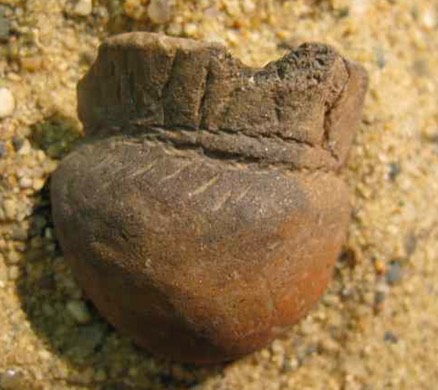
In examining the project area, government agencies consider the full range of effects the project will have on the cultural integrity of the area. Will the project remove or disturb significant archaeological deposits or historic sites? Will the project impact any cultural resources visually or even audibly? Will the project create vibrations or pressure that may threaten structural or subsurface remains, for example, through traffic of heavy equipment and other vehicles? Will increased public use of an area become an issue where sensitive sites may be endangered? Are burial mounds, cemeteries, or other sacred sites located in the area or nearby?
Adverse effects of the project, both direct and indirect, will be considered by the agencies. Direct effects usually are defined as outcomes of processes that will severely destroy or harm a cultural resource, either partially or in its entirety. A direct adverse effect might include removal of a portion of or an entire archaeological or historic site. Indirect effects are more abstract. They could include such concerns as the negative aesthetic aspects of building a modern structure adjacent to a historic property and detracting from its setting, or the long-term effects of increasing public accessibility and thereby endangering an archaeological site through increased traffic.
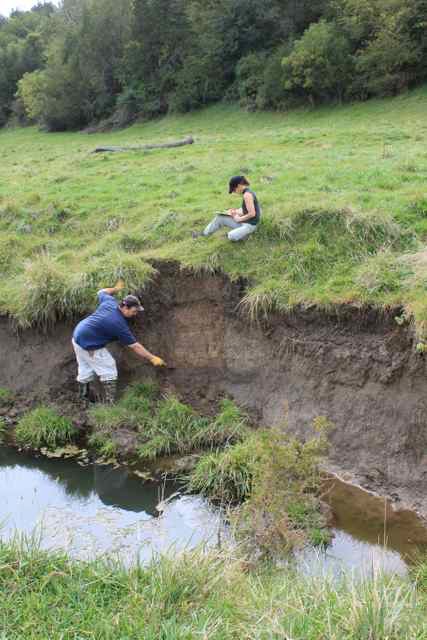
National Register of Historic Places Eligibility
National Register of Historic Places eligibility has become a litmus test to help define sites that are worth preserving and worth saving. According to the National Historic Preservation Act, a site does not have to be listed on the National Register to be protected by the law: it must, however, be eligible for the National Register. Eligibility is based upon a set of criteria developed by the National Park Service. A professional archaeologist and architectural historian will consider these criteria when concluding that an archaeological or historic site is potentially National Register eligible. If a site is eligible, it is then considered by federal law to be a “historic property.”
A historic property may be eligible for listing on the National Register of Historic Places under any of the four criteria listed below (many historic properties are eligible under more than one criterion).
Criterion A. The property is important due to its relationship to a historic event or broad patterns of events at the local, regional, or national level.
Criterion B. The property is associated with a person of historic significance.
Criterion C. The property is an important example of a principal of design or construction, or represents the work of a master.
Criterion D. The property carries potential to answer research questions that contribute to our understanding of history or prehistory.
If a site is eligible under any of these criteria, then that site is protected by law. Archaeologists and architectural historians identify historic properties through a suite of procedures that vary slightly (and have some variations in terminology) but which are generally consistent from state to state. A federal undertaking that harms an archaeological or historic resource will require some sort of “mitigation of adverse effects.” The archaeological or historic resource will receive special consideration throughout the Section 106 process and fulfillment of stipulations to offset damage to that resource may be necessary before the project can continue.
Archaeology Requirements
The federal agency or State Historic Preservation Office may recommend a Phase IA archaeological resources assessment or reconnaissance survey at the outset of a project to determine the potential for documenting archaeological sites in an area. These assessments generally do not involve extensive field investigations, though they may involve a brief field visit. They do entail detailed archival research and synthesis of results in a formal report.
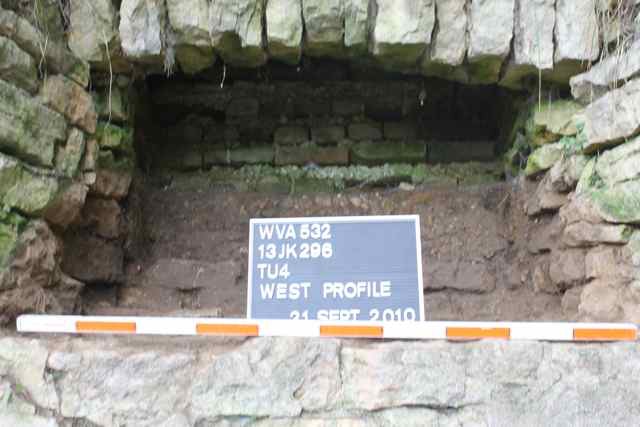
In some cases, it might be found during the Phase IA assessment that all or part of a project area does not require an archaeological survey because of prior disturbances or perhaps the area had already been surveyed in the past. The archaeologist will often in this case recommend that no additional archaeological work is necessary and the project may proceed. In many cases, however, a field survey will be recommended.
Organizations often find that it is most economical to complete a Phase I archaeological survey at the outset of a project (and forego the Phase IA assessment), depending on the nature and scale of the project. The purpose of this type of intensive survey is to complete both background research and fieldwork to determine whether any archaeological sites are located in the area, and in particular, whether any archaeological sites that may be eligible for the National Register of Historic Places (and therefore considered by law to be “historic properties”) are present.
On some occasions, Phase I surveys identify sites that may be important, but additional evaluation is necessary before a clear determination can be made. In these cases, a Phase II archaeological evaluation is recommended to further test a site to determine its eligibility for listing on the National Register.
If a Phase II evaluation finds that a site is historically significant, the project is examined to determine its effects on the eligible property. The federal agency and the State Historic Preservation Office will consider the recommendations of the consulting archaeologist and then discuss how to minimize or prevent the project's negative effect on the historically significant property. A Programmatic Agreement or Memorandum of Agreement between all involved organizations and government agencies that outlines a plan for mitigation of adverse effects may then become necessary before a project can proceed. This agreement is often prepared by the consulting archaeologist in concert with the federal agency and the State Historic Preservation Office.
Sometimes an archaeological site cannot be avoided or protected during construction. For a project to proceed, it may become necessary to recover as much data from the site as possible before it is destroyed. At this point, a Phase III archaeological excavation (or “dig”) may be undertaken. These are large-scale projects that require a great deal of labor both in the field and in the laboratory. The outcome is a research volume that fully discusses the results of the investigation and represents a significant scientific contribution to the fields of prehistory and/or history.
Architectural History Requirements
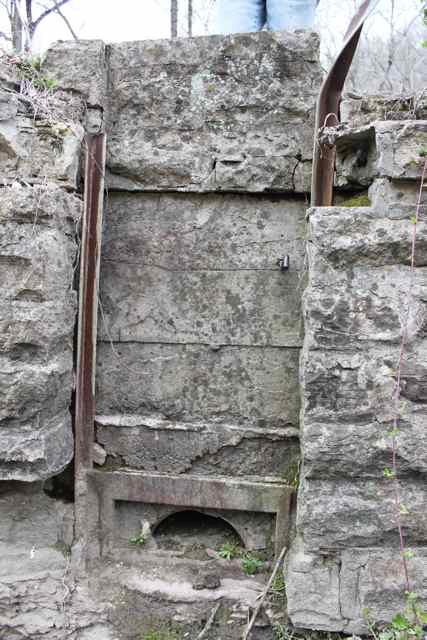
If a project area contains buildings or other structural features, then it may be necessary for an architectural historian to complete a reconnaissance level architectural history survey. The purpose of this inventory is to determine if any structures that are potentially National Register eligible will be affected, either directly or indirectly, by the project. In general, any buildings or structures that are documented to be less than fifty years old are not considered National Register eligible. If buildings or structures are older than fifty years, then their potential eligibility will be assessed. This evaluation is completed through archival research to create a general historical background study of the area in question. The buildings and structures are then evaluated to determine whether their current condition has good integrity to the time of original construction. The design, structural characteristics, and feeling of place, time, and setting associated with the property are all taken into consideration.
If there are structures in the Area of Potential Effects that can be considered potentially eligible for listing on the National Register of Historic Places, an intensive level survey and evaluation may be necessary. During the intensive level survey, each resource is more extensively researched and documented and a definitive determination of significance and National Register eligibility is made. In addition, the “historic context” or extensive history of the property and its relationship to its surroundings is developed.
As with archaeological sites, it is not always possible to avoid historic buildings or structures during construction. If a National Register–eligible site cannot be avoided, the federal agency and the State Historic Preservation Office will consider the recommendations of the consulting Architectural Historian and then discuss how to minimize the project's negative effects on the historically significant property. This process helps protect the features of a resource that contribute to its eligibility for the National Register of Historic Places as well as the resource itself. Mitigation projects may include advanced documentation of the resource, publication of booklets or pamphlets about the resource, presentation of public lectures, gathering historic data sets, or erecting signage, in addition to numerous other options that ensure that the historic qualities of the resource are preserved in some way.
Issues Resolution
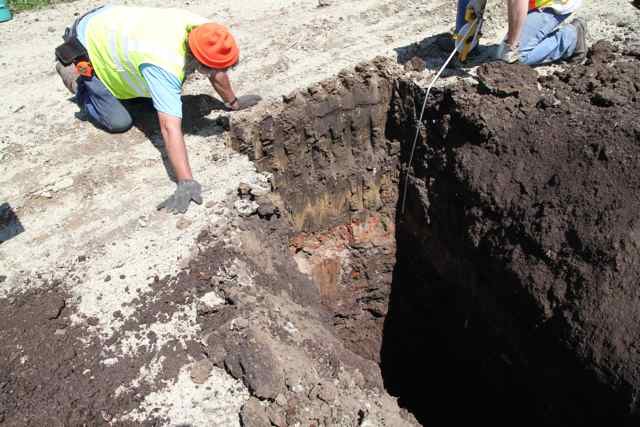
We strongly advise you to complete Section 106 compliance work early in the construction process so that you are aware up-front of your project’s requirements. No one wants surprises while the bulldozers are waiting!
We also advise you to hire an independent private firm to represent the interests of your organization in this process.
The process does take some time. In many states, the State Historic Preservation Office will usually comment on projects within 30 days of submittal by the federal agency for review. If further research is necessary, then it could take additional time for requirements to be met. In some cases, consultation with federally recognized Indian Tribes may be necessary. In other cases, a Memorandum of Agreement or Programmatic Agreement may need to be developed for a particular project. In that event, your organization, the federal agency, the State Historic Preservation Office, and other agencies may be identified as signatories, and the agreement will be sent to the Advisory Council on Historic Preservation (ACHP) to determine whether they will also be involved as a signatory. In all, the involvement of numerous individuals associated with different agencies often adds time to the process.
In the event that there is a disagreement between the agencies, the Advisory Council on Historic Preservation, an independent federal agency, may be asked to help resolve the dispute. Additional information about this agency can be found on the Advisory Council's website. More information about Section 106 is available at this link: http://www.achp.gov/apptoolkit.html.